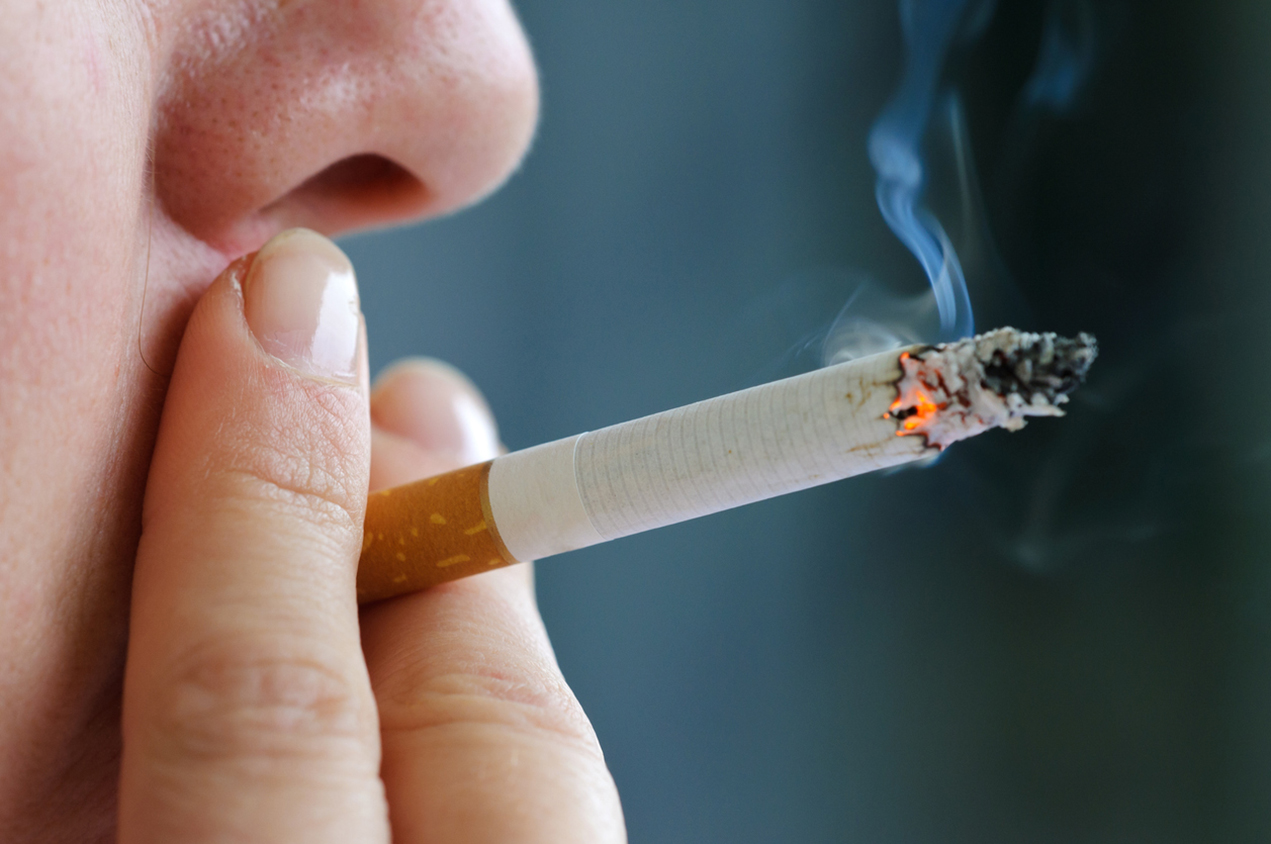Since the earliest stages of the COVID-19 pandemic, scientists have been trying to determine what distinguishes people at higher risk for poor outcomes. Now new research finds that cadmium, a contaminant found in cigarettes and the food supply, is associated with a higher risk of death in patients with influenza or pneumonia — and may contribute to poorer outcomes for people with COVID-19 and other respiratory viruses.
The study, published in Environmental Health Perspectives, was conducted by researchers at USC, the University of Michigan, and the University of Washington.
Cadmium is a toxic heavy metal that can trigger pulmonary inflammation and reduce pulmonary function. It is widespread in the environment and accumulates in the body over a lifetime.
“Unfortunately, the human body finds it much more difficult to excrete cadmium than other toxic metals,” said senior author Howard Hu, MD, MPH, ScD, chair of the Department of Preventive Medicine at Keck School of Medicine of USC. “That means it is critical to continue reducing sources of environmental pollution that contribute to its presence in air, soil and water.”
“Our study suggests the public in general, both smokers and nonsmokers, could benefit from reduced exposure to cadmium,” said lead author Sung Kyun Park, associate professor of epidemiology and environmental health sciences at the University of Michigan School of Public Health.
COVID-19 deaths in Wuhan spark idea for study
When information on COVID-19 began to emerge from Wuhan, it became clear that a high percentage of people dying from the disease were male, older — and smokers.
As a result, Finnish researcher Matti Sirén, a co-author of the new study, reached out to Hu and Park, who a decade earlier had done a comprehensive study on the impact of cadmium on chronic diseases, including lung and cardiovascular disorders.
Since data would be lacking on the novel coronavirus, the researchers decided to look at the link between cadmium and other common viral respiratory infections — influenza and pneumonia.
They looked at cadmium levels in urine or blood from almost 16,000 people 45 years and older who took part in the National Health and Nutrition Examination Survey (NHANES) between 1988-1994 and 1999-2006. NHANES is conducted by the National Center for Health Statistics at the Centers for Disease Control and Prevention and provides nationally representative survey data on the health and nutritional status of the noninstitutionalized U.S. population.
After adjusting for age, sex, race/ethnicity, education, body mass index, serum cholesterol and hypertension, researchers found that patients with cadmium levels in the 80th percentile were 15% more likely to die of influenza or pneumonia compared to those in the 20th percentile.
Among nonsmokers in the 80th percentile, the risk was even greater: They had a 27% higher risk of mortality compared to the 20th percentile. The types of food estimated to have contributed most to the cadmium levels among NHANES participants included cereals and leafy vegetables.
To reduce exposure, Park said smokers should stop smoking. And everyone should be familiar with the major sources of cadmium in food, including rice, cereal grains, potatoes, vegetables and meats such and as liver and kidneys.
“This isn’t a recommendation for a draconian change in lifestyle, since many of these foods are typical staples of a balanced, nutritious diet, and their overall contribution to cadmium burden is likely modest,” Hu said. “Rather, the suggestion is to consider some shifts in choices. “
The researchers suggest that people consider adding nutritious foods with relatively low levels of cadmium, such as cabbage and broccoli, to their diet.
According to the study’s authors, cadmium’s association with higher mortality from flu and pneumonia needs to be verified in other populations and also studied in COVID-19 patients, particularly since the pandemic may not be a one-time event.
“Our findings suggest that the public can benefit from reduced cadmium exposure when the next pandemic occurs,” said Park. “This cannot be done suddenly and takes time through policy changes.”
About this study
The study’s co-authors are Coralynn Sack of the Department of Environmental and Occupational Health Sciences, University of Washington School of Public Health and Matti J. Sirén of Jorma Gallen-Kallela Memorial Research Library, Helsinki, Finland.
This study was supported by a Rapid Response Pilot Project from the University of Michigan (P30 ES017885) and a grant from the National Institutes of Health/National Institute of Environmental Health Sciences (K23-ES030725).
— Laura LeBlanc


